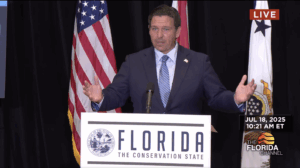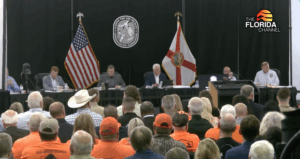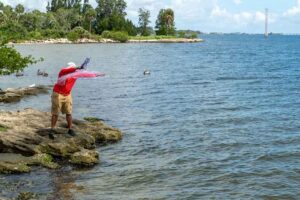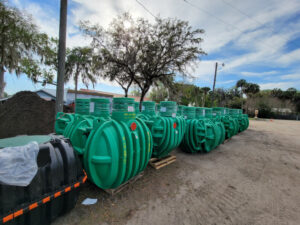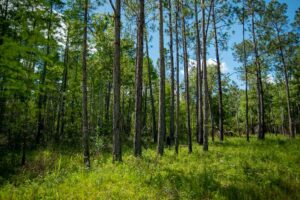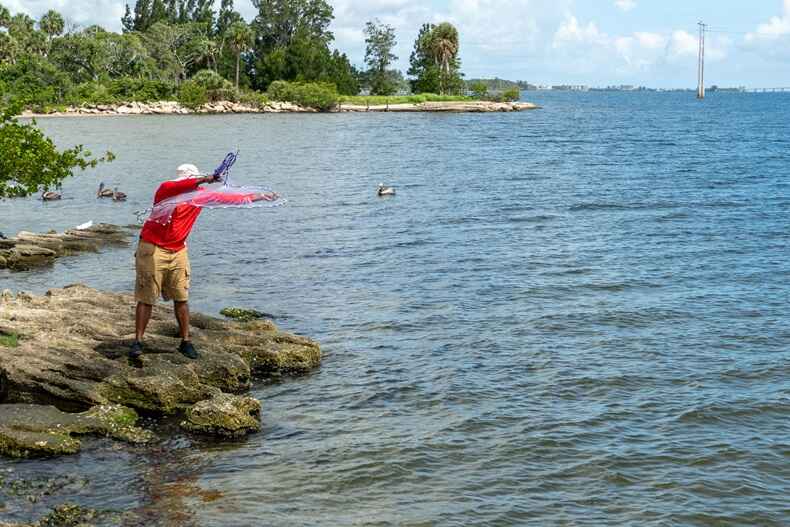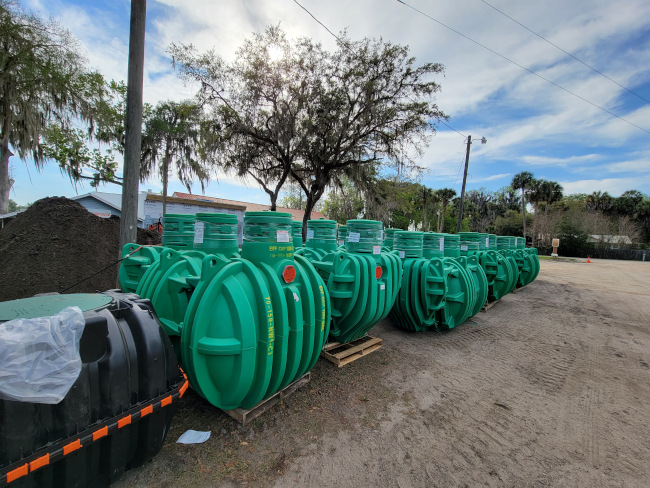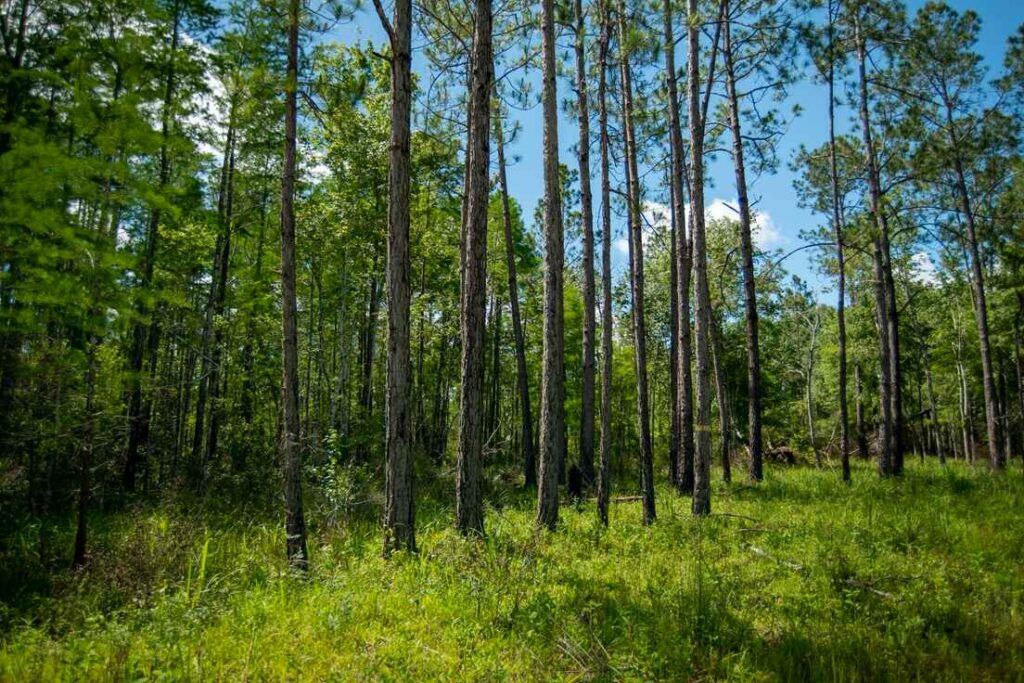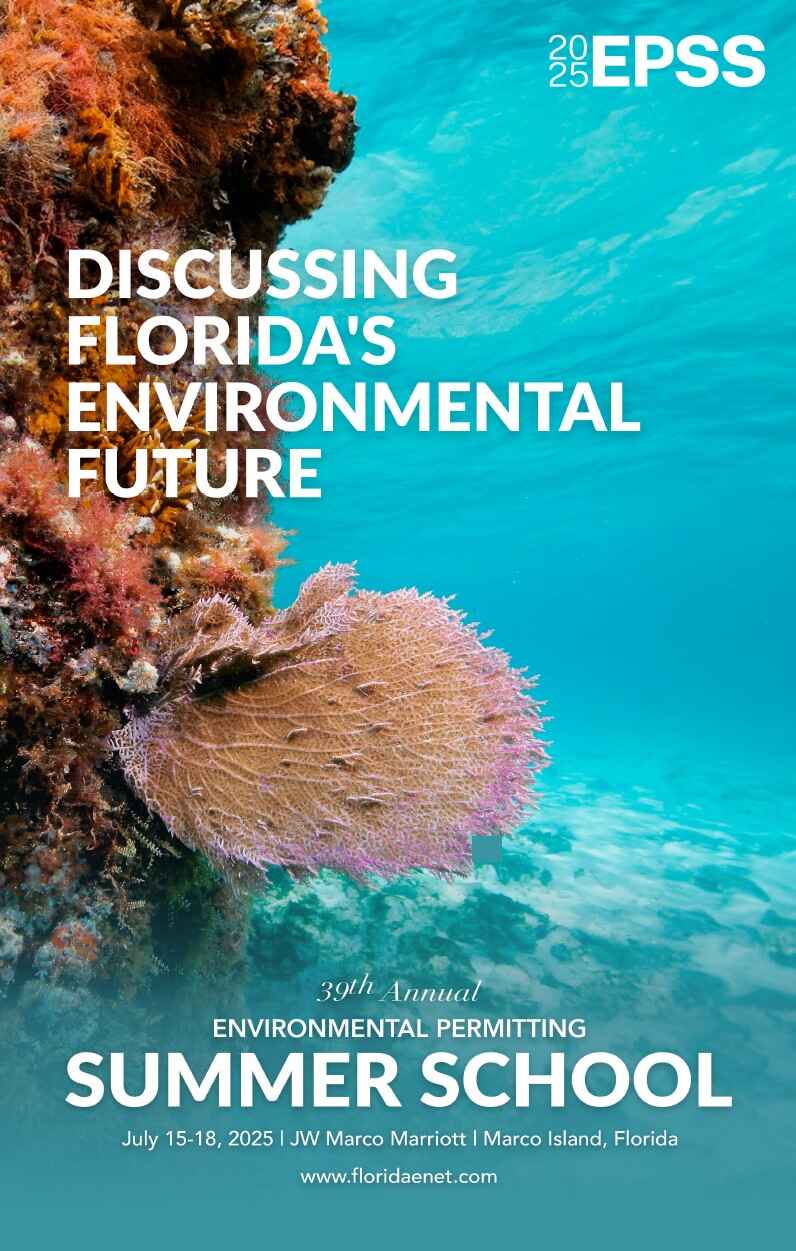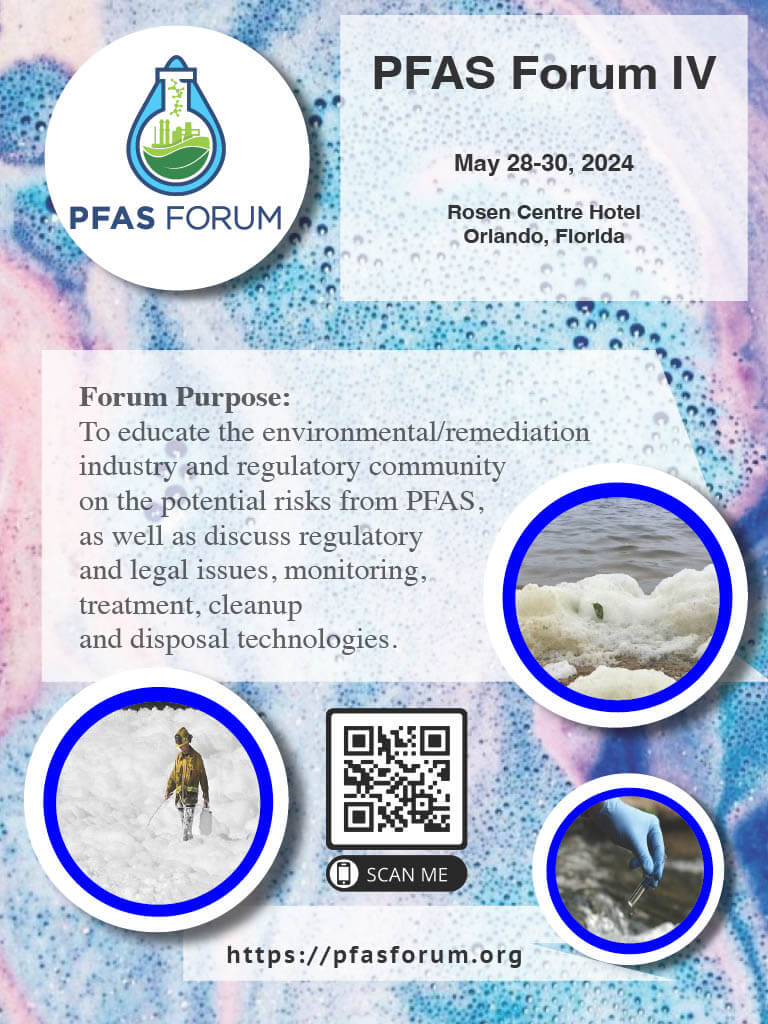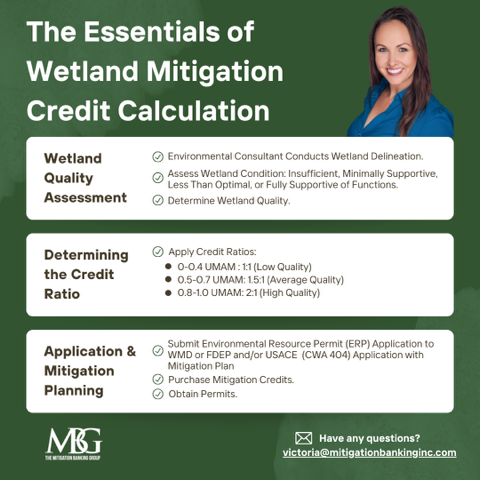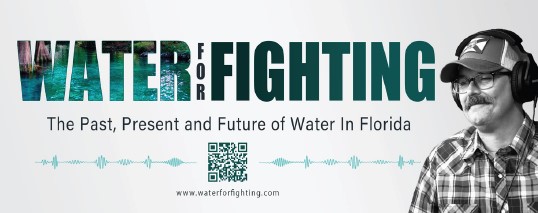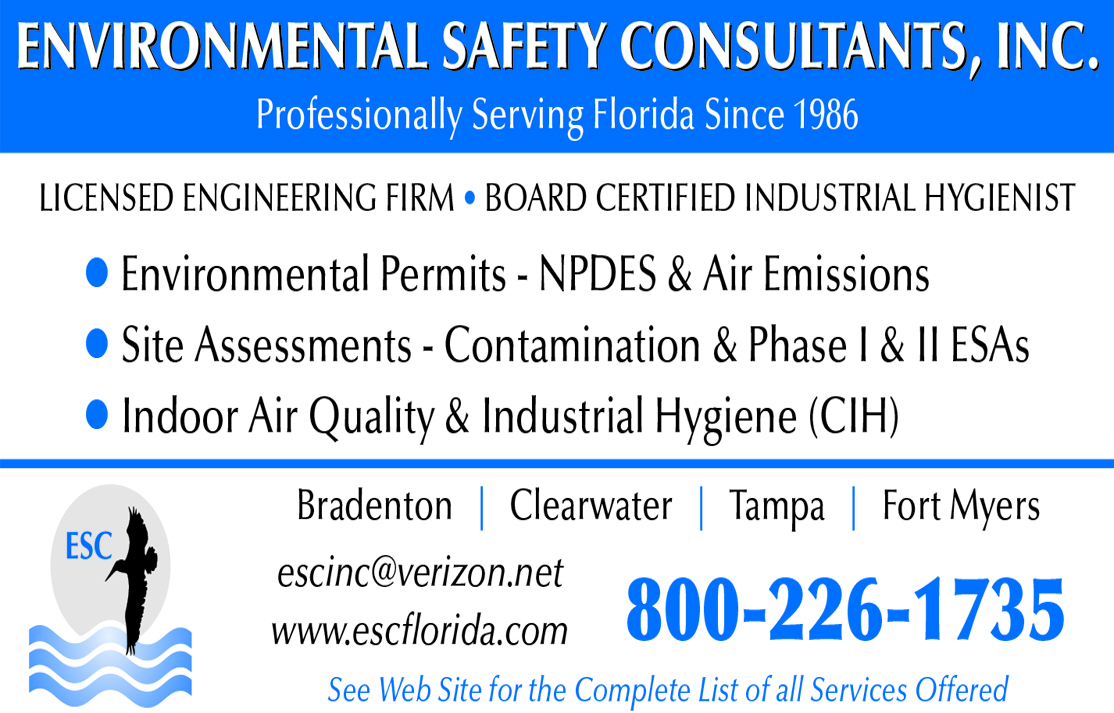BY STAFF REPORTS
This week, the Environmental Protection Agency (EPA) and the U.S. Army Corps of Engineers published the official notice in the Federal Register (90 FR 13428) outlining significant updates to how “waters of the United States” (WOTUS) will be interpreted under the Clean Water Act. Prompted by the Supreme Court’s 2023 decision in Sackett v. EPA, the agencies announced plans to revise the way they determine whether certain wetlands and water bodies fall under federal jurisdiction.
A key highlight of the notice is the agencies’ move to eliminate “discrete features”—such as culverts, swales, or ditches—from automatically establishing a “continuous surface connection” to a jurisdictional water. Instead, wetlands and water bodies must physically abut or touch the main water body to be considered adjacent. This shift marks a departure from earlier 2023 guidance and is intended to provide a more straightforward approach in line with Sackett. This policy change was previously announced in a March 12 joint memorandum issued by the EPA and Corps titled, “WOTUS Notice: The Final Response to SCOTUS.”
To gather further perspectives before finalizing any additional clarifications or rulemaking, the agencies will hold public listening sessions in April and May 2025, focusing on three key topics: defining “relatively permanent” waters, clarifying the scope of “continuous surface connection,” and determining how jurisdictional ditches should be evaluated. Written recommendations from the public will be accepted until April 23, 2025, under Docket ID No. EPA-HQ-OW-2025-0093.
These developments signal another chapter in the long-evolving story of WOTUS regulations, and practitioners are encouraged to participate in the listening sessions and public comment process as the EPA and Army Corps consider next steps for federal water oversight.
The Federal Register filing comes after officials from both agencies announced they would be redefining WOTUS after years of rulings, rules, and disparate policy decisions by states on how to define waters of the United States under the Clean Water Act in protection of wetlands.
“We want clean water for all Americans supported by clear and consistent rules for all states, farmers, and small businesses,” EPA Administrator Lee Zeldin said in a news release issued March 12. “The previous Administration’s definition of ‘waters of the United States’ placed unfair burdens on the American people and drove up the cost of doing business. Our goal is to protect America’s water resources consistent with the law of the land while empowering American farmers, landowners, entrepreneurs, and families to help Power the Great American Comeback.”
In a memorandum issued March 12, the EPA, and U.S. Army Corps of Engineers noted that Sackett provided a two-part test for determining CWA jurisdiction over adjacent wetlands. One, an adjacent body of water must be a “water of the United States,” meaning permanent and connected to a traditional navigable water. Second, a wetland must have a continuous surface connection to a requisite covered water, making it difficult to determine where the water ends and the wetland begins. The memo gives a history on Sackett and a preceding case, Rapanos v. United States.
It also notes that the EPA guidance in recent years has not been helpful to landowners affected by the court ruling and subsequent federal rule filings. It describes two 2023 rule filings as not including, “adequate direction or guidance on the meaning of the “continuous surface connection” requirement, and the agencies’ case-specific policy memoranda issued post-Sackett neither provided national guidance on the topic nor clear and transparent direction for the public or the agencies.”
“This guidance represents the agencies’ views on the proper implementation “waters of the United States” and is effective immediately,” the memo states. “The EPA will apply this guidance when determining if a wetland has a “continuous requisite jurisdictional water under the Clean Water Act.”
For decades, officials in Washington D.C. have attempted to create definitions of WOTUS, which are continuously challenged in court. The country now has a patchwork of regulations, with 23 states operating under the “2023 Rule,” which took effect in March 2023, and 27 states – including Florida – operating under a pre-2015 regulatory framework.
That’s partly because in May 2023, the U.S. Supreme Court ruled in Sackett v. EPA that federal agency jurisdiction “extends only to the limits of Congress’ traditional jurisdiction over navigable waters.” The simplified WOTUS definition in Sackett includes only: traditional, navigable waters such as “streams, oceans, rivers, and lakes” and wetlands when they are continuously connected to, and indistinguishable from, navigable waters.
The Florida Specifier will continue providing updates on this topic as they arise.


